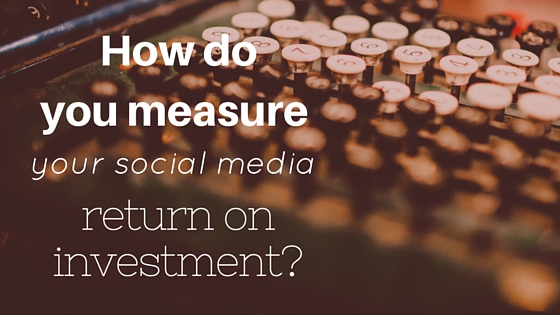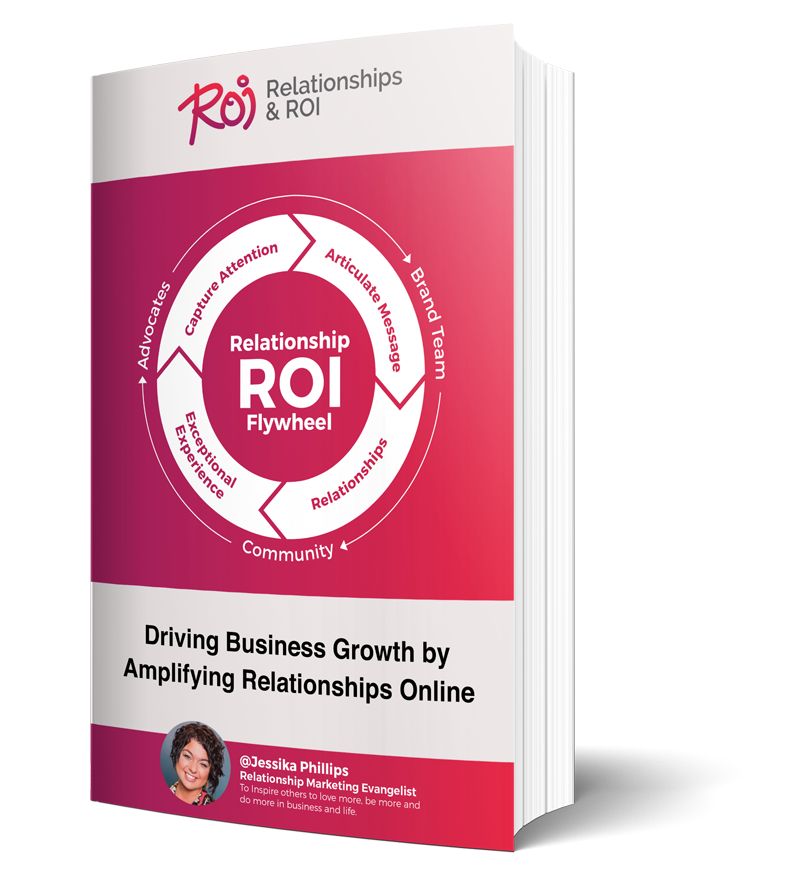Learn the formulas you need to calculate your social media ROI
While social media can be a little hard to measure, there are some formulas to find out what your return on investment is, and if certain platforms are really working for your business. After all, you can’t improve what you don’t measure!
The first thing you have to do is decide who your audience is. Additionally, determine what a lead is worth to you, what a conversation is worth, and specifically in terms of social media, what a like, view, and click back to your website is worth to your business. In terms of business and marketing, what is the customer lifetime value to you? This isn’t limited to one time sales. It’s all about what they are worth over time.
You can figure out your customer lifetime value by taking the cost of the lead-profit sale and multiplying by the average number of years they will be a customer and the number of purchases per year.
The next thing you have to know is what your cost is in order to obtain each customer. Take what you are spending on marketing, as a whole including tools and apps. Most companies should spend about 10 percent of their overall budget on marketing. Then take that and break it down; what part of that 10 percent is being spent on social media?
It’s important to remember that social media is not simply marketing, though. Platforms have many roles, including customer service and public relations. For example, you can help customers by answering their questions and finding solutions to their issues. You're not just gaining marketing from social media; you're also using it as a part of your operations and service, too.
So, when you are looking to start to measuring social media ROI, start with measuring your networks both together and separately. Track and measure the visit to lead conversion. Are they filling out forms and being placed into your drip campaign? Using that drip campaign, you can determine if social media is converting someone faster than your website.
Next, you need to be measuring churn on customers as well. Are they opting out of emails or signing up for service and then canceling? Are you finding qualified leads and are they sticking with your company? If your average customer stays with you for three years and you find customers from social media aren’t hitting that average, you may not be targeting the right people and ROI will not be as high. Or it could be reversed!
Here is a sample marketing budget which would show what ROI would be:
- Total Marketing Budget for Sample Company: $2.8 million
- Amount of Total Budget Allocated for Social Media: $280,000
- Example Customer Lifetime Value (as Calculated Above): $2,880
- Your Target Customer Acquisition Cost: $288
- Number of New Customers Needed to Generate a Positive ROI: 1,000+
One of the best things about social media is that it is available 365 days out of the year, with no limits to demographics. Once it’s there, it will always be there, without having to pay for it. So if you find you’re aren’t gaining the ROI you need, reevaluate what you are doing on social media and who you are targeting. Social media is comprised of a vast audience; you’ll find who you’re looking for, you just may have to tweak some of your practices.




Comments